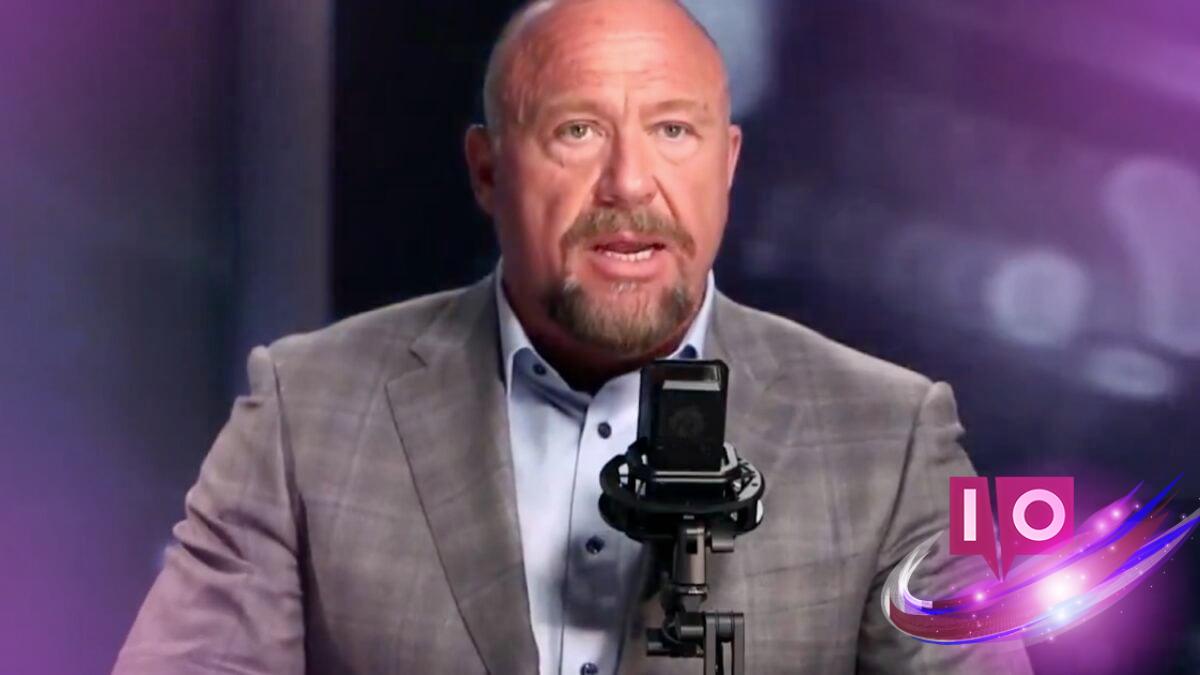In a surprising move earlier this week, YouTube revealed plans to consider reinstating users banned for spreading misinformation about COVID-19 and the 2020 presidential election. However, this initiative sparked controversy when the platform promptly terminated new accounts created by infamous figures like Alex Jones and Nick Fuentes.
The case of Alex Jones, a conspiracy theorist currently liable for $1.3 billion to families of Sandy Hook victims due to his unfounded claims, and Nick Fuentes, known for his white supremacist views, highlights YouTube’s ongoing struggle with moderating content. Reportedly, both created new accounts following a letter from Republican Representative Jim Jordan, which mentioned that YouTube would provide an opportunity for banned creators to rejoin the platform. Yet, their new accounts were swiftly banned, inciting backlash from the Online Right.
What Is the Current Situation?
YouTube clarified that the reinstatement program is still in the pipeline and hasn’t officially launched. They emphasized, “We’ve seen some previously terminated creators try to start new channels. To clarify, our pilot program on terminations is not yet open.” In a direct response to the backlash over Jones and Fuentes’ terminated accounts, YouTube stated that their policies prohibit previously banned users from launching new channels.
Responses from Right-Wing Influencers
The reaction from the Online Right, particularly from prominent figures, has been swift. For instance, Vivek Ramaswamy criticized the actions as un-American, while Tim Pool urged government intervention to compel YouTube to reinstate Jones. Such statements indicate a growing demand for accountability from platforms like YouTube.
YouTube’s Community Guidelines
YouTube maintains that their community guidelines clearly state terminated users cannot create or run new channels. While this policy is in place, content featuring previously banned individuals persists, such as Patrick Bet David’s recent interview with Nick Fuentes, which garnered over 2.2 million views.
What Does the Future Hold for Content Creators?
YouTube has hinted at extending a pathway for some terminated users to start new channels, but this will not apply universally. According to their statement, “This will not be available to all creators; it will be a limited pilot.” The program will primarily focus on creators previously banned for violating policies related to COVID-19 and election integrity.
To add another layer of complexity, a subset of creators may qualify for reinstatement under the pilot program. However, YouTube has yet to disclose details about who exactly will qualify.
It’s important to recognize the implications this situation has for YouTube moving forward. As bans and reinstatement decisions are made, backlash from the Online Right is expected. Users who are not considered for reinstatement may voice their concerns, and reinstated creators will face scrutiny if their content violates guidelines.
Will YouTube’s Policy Changes Impact User Engagement?
Changes in YouTube’s policies can significantly affect user engagement. As they fine-tune guidelines for reinstatement and new channels, the platform must balance user interests with community safety.
How will YouTube manage creator expectations moving forward?
YouTube needs to implement clear communication strategies around the pilot program, setting accurate expectations for users who may wish to return to the platform.
What other platforms are facing similar challenges with content moderation?
Many social media platforms, including Twitter and Facebook, have encountered similar battles with misinformation, especially concerning political content and public health discussions.
In conclusion, YouTube’s recent actions underline the complexities of content moderation in today’s digital landscape. As they navigate these turbulent waters, creators and users alike will be watching closely. For more insights into digital media trends, continue exploring related content at Moyens I/O.
